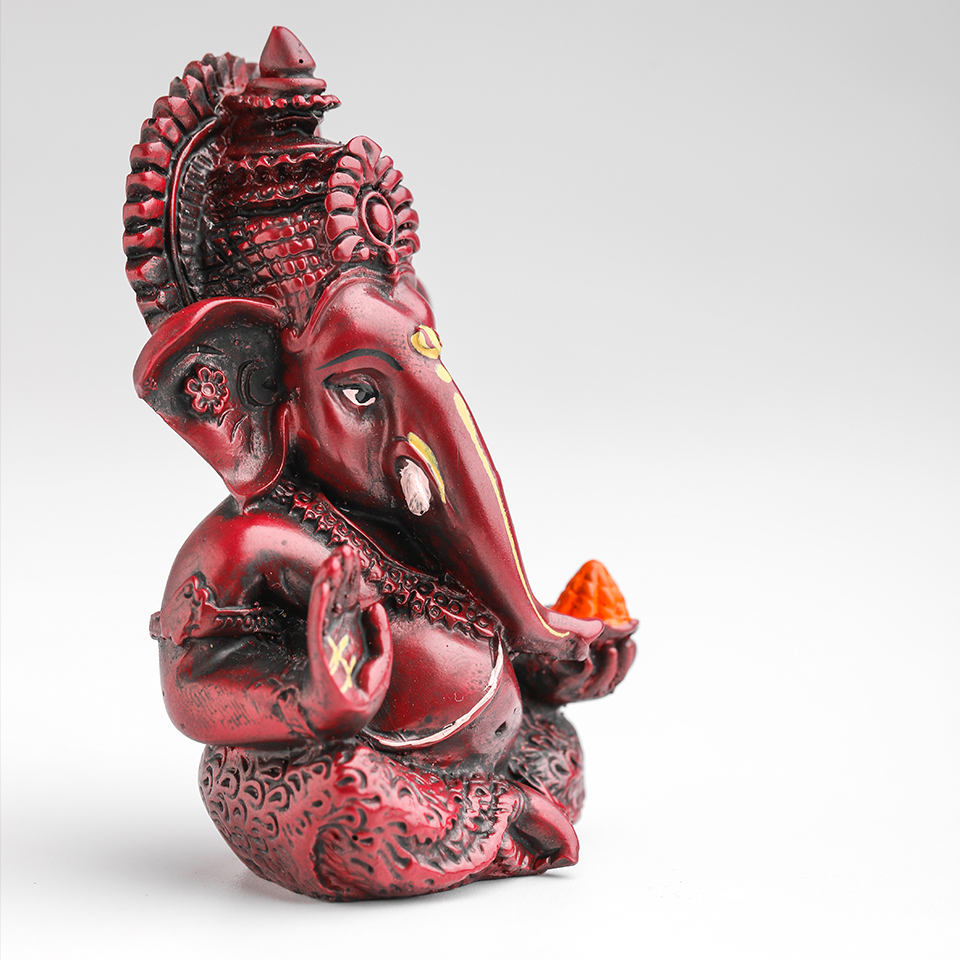
'The GREAT Elephant Migration' in Miami Beach unveils an astonishing herd of life‑size elephants, each meticulously handcrafted from the fibers of an invasive weed. These monumental sculptures travel through cities around the world to draw attention to wildlife conservation and the urgent need to restore ecological balance, transforming a material harmful to the environment into a powerful symbol of hope and migration.
I’m not much of a Nuevo Herald reader. I download the PDF of its print edition every day only because, for work reasons, I try to stay informed about what’s happening in the city. I don’t like its design. Its use of typography is anarchic. The headlines jump wildly from one typeface to another, as if shoved toward the next text block. The masthead, for its part, looks like it just returned from the past. Beyond that, I’ve adapted to the broadsheet format. I used to prefer the tabloid, but now it makes no difference. The former is usually associated with serious, traditional journalism, while the latter is more often linked to sensationalist papers. In Europe, where they ignore most statements, they favor the Berliner format—something in between.
Today’s Nuevo Herald brought three stories that gave me a sort of amused pause. Let’s start with the first, from the art world: a hundred elephants basking under the Miami Beach sun. They’re crafted from wood—so says the article—part of The Great Elephant Migration, an installation that promotes, celebrates, or encourages coexistence between human beings and wildlife. This migratory venture—a collaboration between artisans, artists, and institutions—began in Nilgiri, India, where the idea took shape and the elephants were built. One enthusiast called it “an installation that leaves you speechless.”
The first thing that struck me was the name of the project’s main trustee: Ruth Ganesh, who also founded The Real Elephant Collective. She’s among those who claim, “When people see the installation they are stunned… it’s overwhelming.” What a coincidence that one of Hinduism’s most venerated deities—the god of wisdom and the ultimate remover of obstacles—is known as Ganesh (or Ganesha, or Ganapati). This deity is depicted with an elephant’s head atop a distinctly potbellied human body. If the head symbolizes intelligence and discernment, the “large belly” signifies generosity and the ability to accept the good and the bad in life with equanimity. To those who fault me for my weight: take note!
This project has been unfolding for more than a decade, provoking—beyond the momentary awe of its viewers—an unspoken dialogue about the balance between civilization and nature. The sculptures are made of lantana, an invasive weed in India’s forests, much like our marabú, but with a distinctly Indian pedigree. The project has employed a considerable number of local artisans, and each sculpture is modeled after a real elephant. That’s what Ganesh says. Before arriving in Miami, The Great Elephant Migration traveled through London in 2021, stopped at the Lalbagh Botanical Garden in Bangalore earlier this year, and visited Newport, Rhode Island, and New York City on its U.S. journey. The entire herd is for sale, and proceeds go to support conservation organizations around the world. I suppose part of that revenue also covers airfare, snacks, lodging, and other artistic expenses. It’s remarkable how they explain that the project is committed to fighting climate change through initiatives like converting lantana into biochar, while creating hundreds of jobs for Indigenous communities and actively capturing carbon.
And the news? A couple had sex at dawn today on top of one of the elephants. Reporter Madeleine Marr tells us it was “noisy” sex. The lovers were caught by a security guard drawn by ghostly, wrenching moans. When the flashlight hit them, they climbed down and slipped into the shadows. They weren’t arrested, despite the fact that having sex is prohibited in Florida—in public, I mean.

A celebration of Ganesh Chaturthi in a distinctly ethnic style: the image portrays Ganpati, Lord Ganesha, adorned with traditional ornaments, vibrant fabrics, and handcrafted details typical of the festival. Deeply rooted in Hindu culture, this celebration honors the birth of the god of wisdom and prosperity, turning each depiction of Ganesha into a symbol of devotion and hope, surrounded by music, offerings, and an atmosphere of spiritual fervor.
Making love on top of elephants is nothing new. It is a practice as old as their domestication itself. In fact, it appears in ancient Sanskrit poetry, and there is evidence of it in the bas‑reliefs of the Khajuraho temples in Madhya Pradesh, in central India. Humans have practiced sex wherever it has been suddenly sanctioned away from its natural setting. In adolescence, almost always on staircases, rooftops, inside water tanks, under or up in leafy trees, amid shrubs and weeds in general. Later on, with more discernment: in pools, bathrooms, cars and buses, airplanes, trains, churches, cinemas and theaters, cemeteries, caves, closets, and a long list beyond. On top of elephants… these days… that’s another level.
Those who try it are young, without a doubt. Whether they are fools or sly adventurers, I can’t say. Imagine slipping, falling, cracking a few vertebrae, unable to move. You start to scream, and a crowd arrives with their phones and begins livestreaming. You go viral and end up on every adult-content site for the next hundred years. You shame six or seven generations to come… Nein, danke!
P.S. I’ve seen this elephant herd before. Also sold as a complete herd, tin versions and all. In upcoming posts, the other two stories.

A couple was spotted on top of one of these giant elephants set up on Miami Beach. It is impossible to know exactly which one it was.









Comments powered by Talkyard.